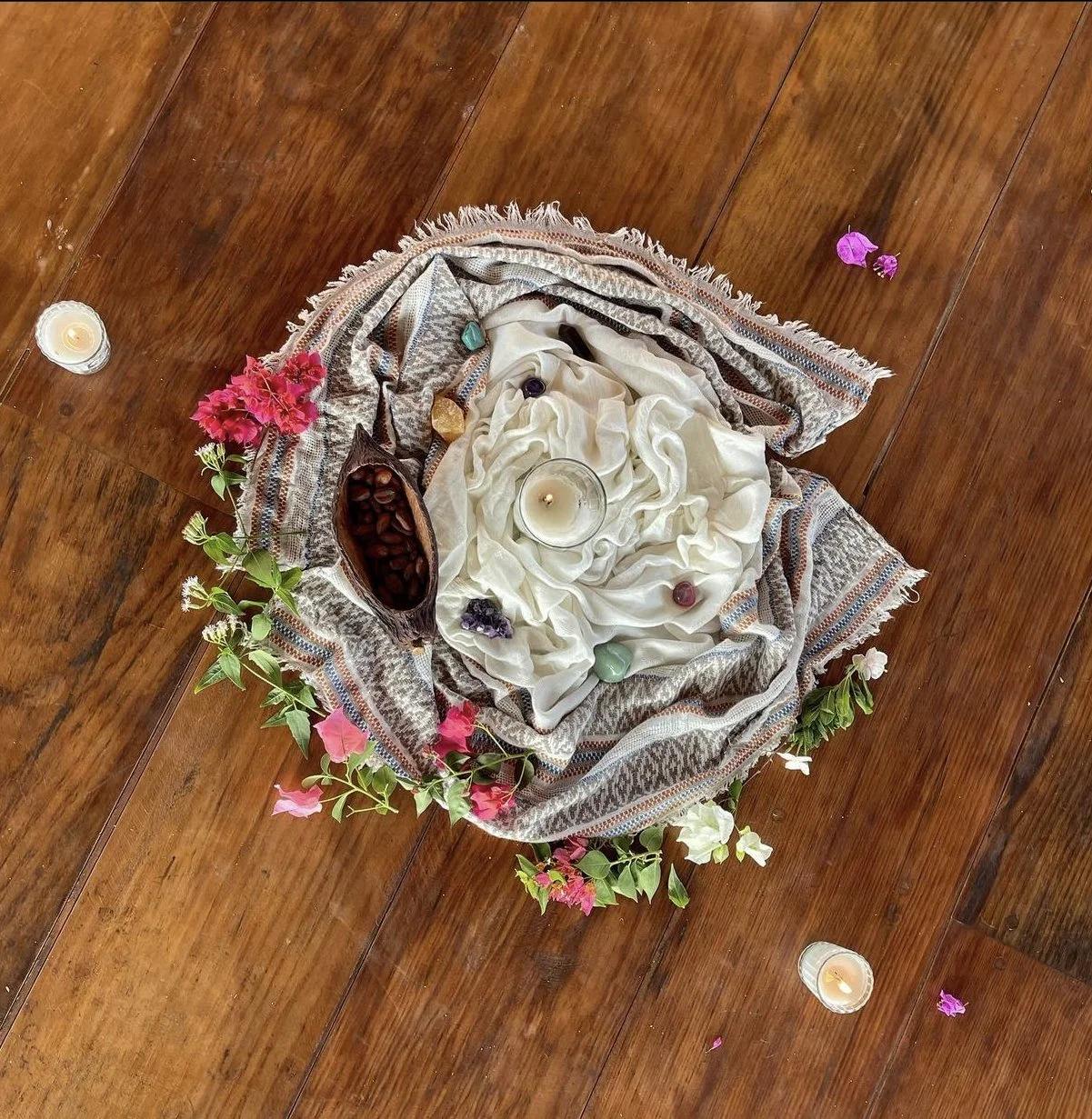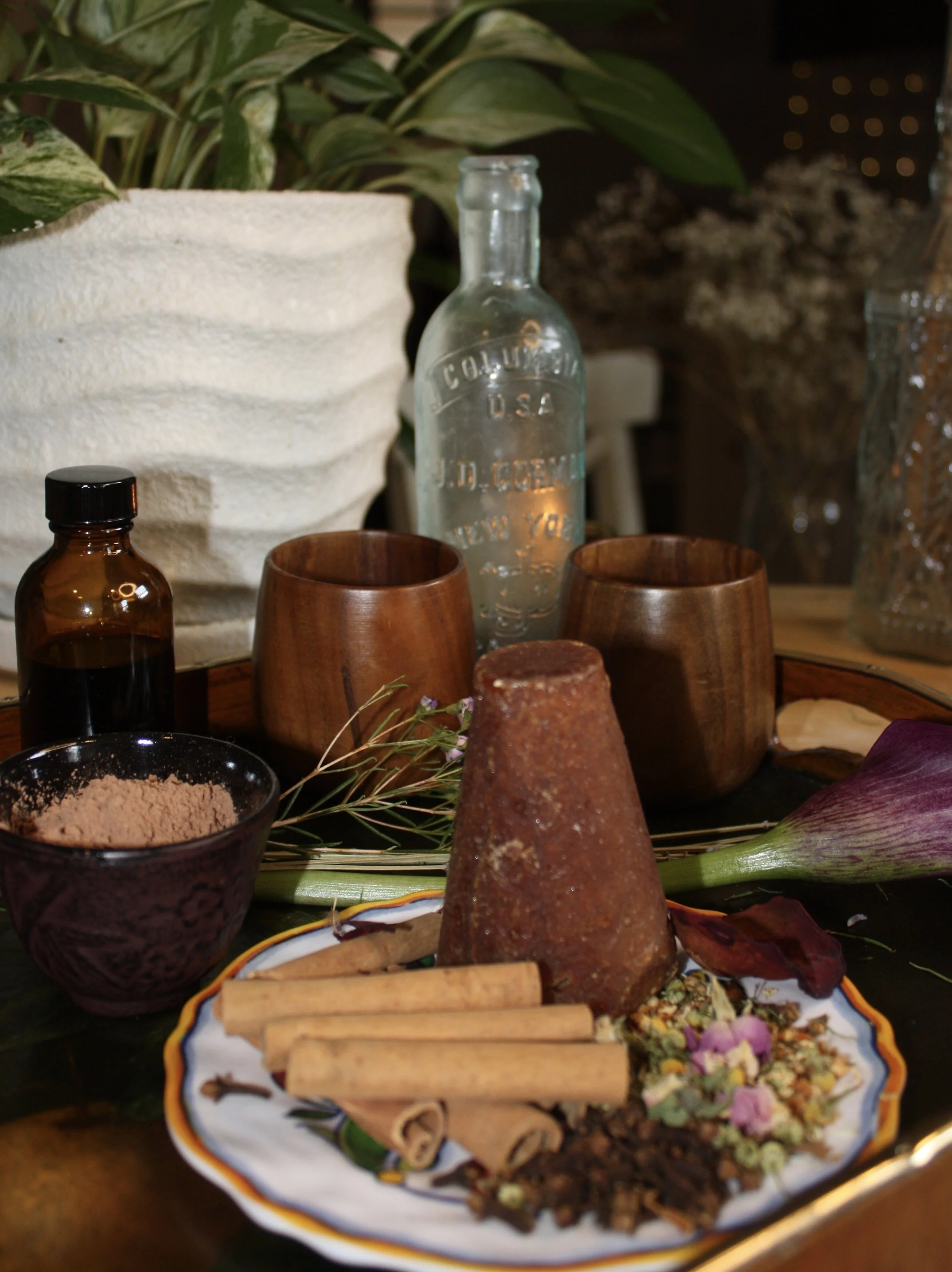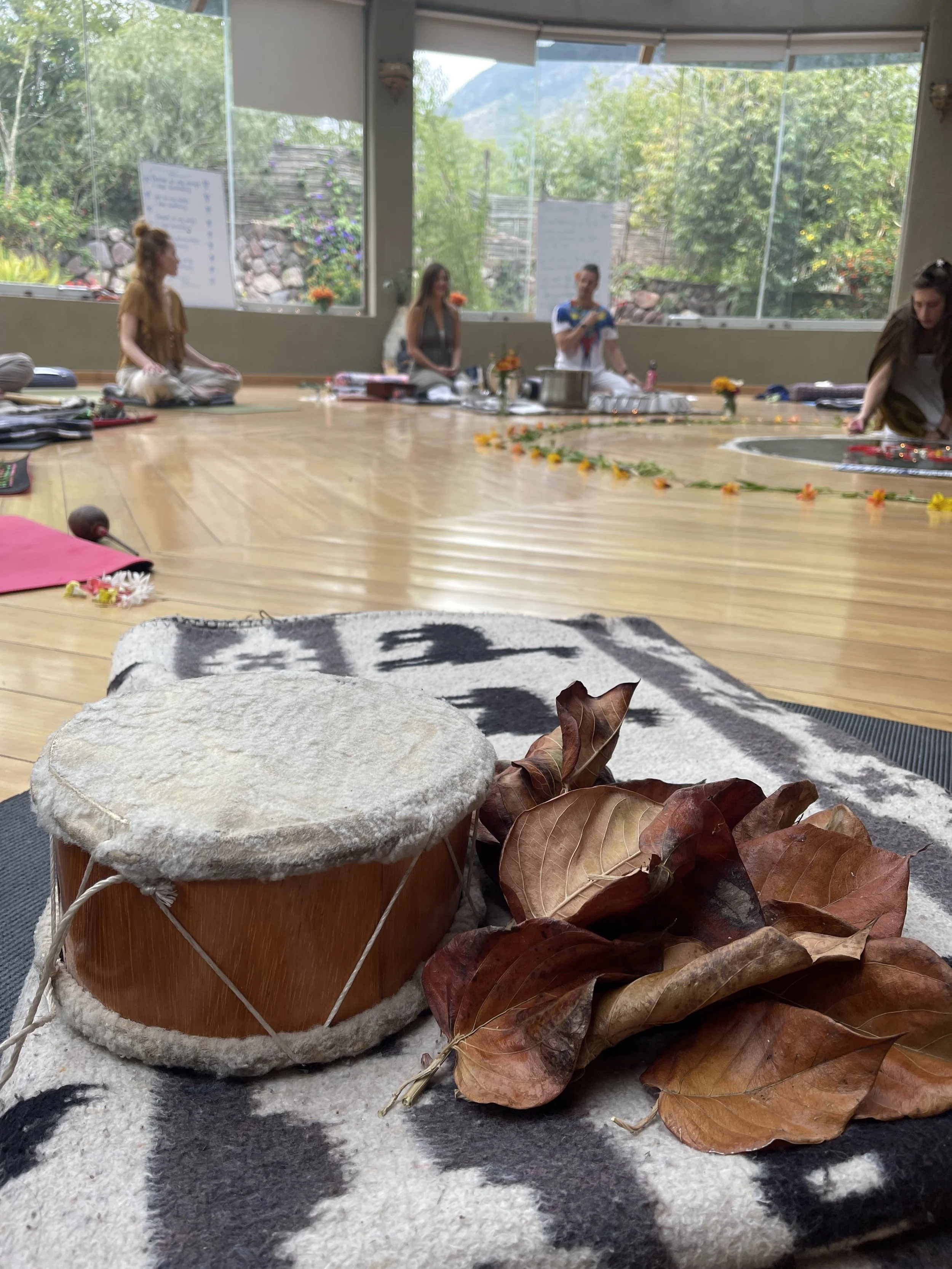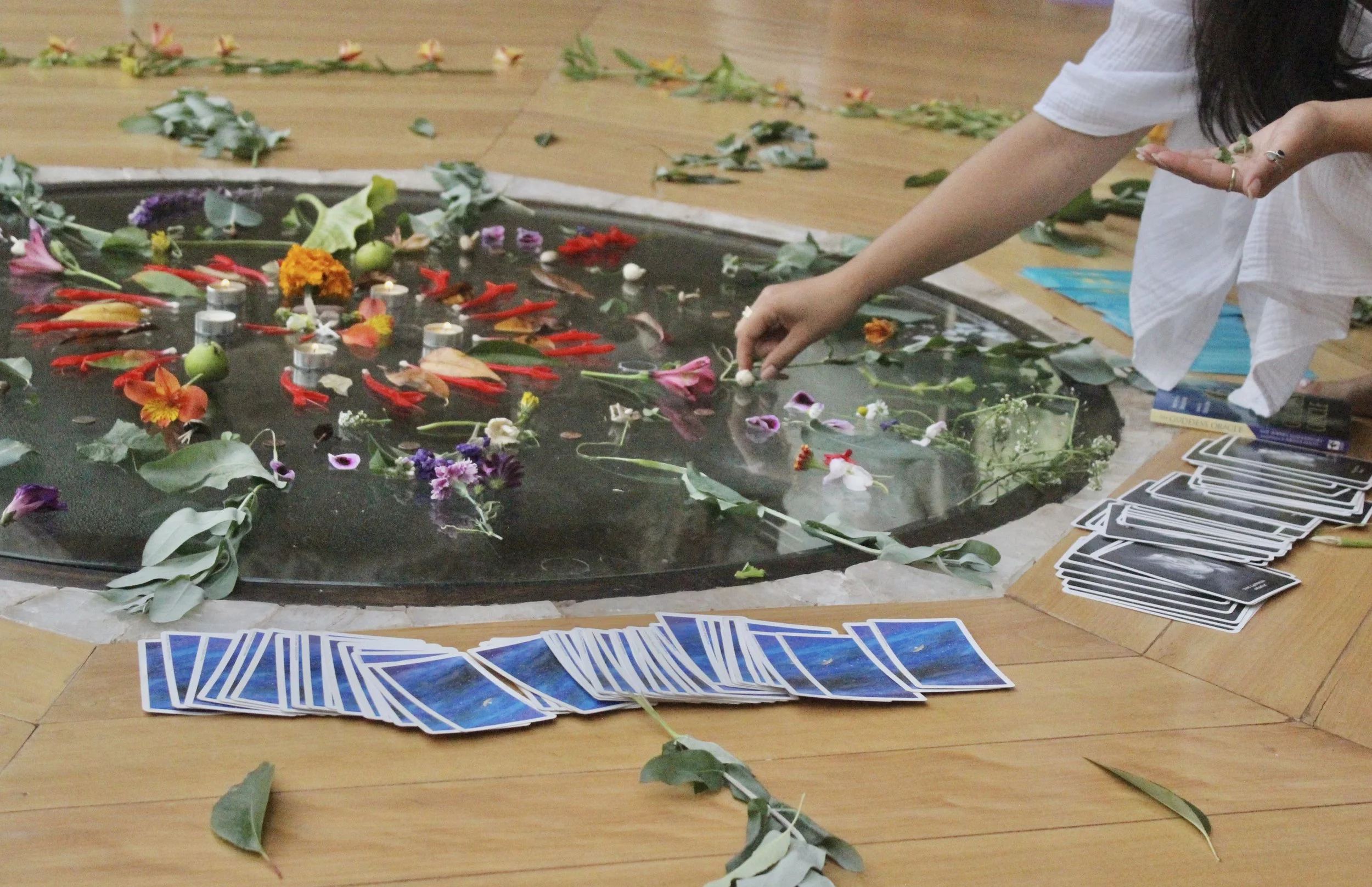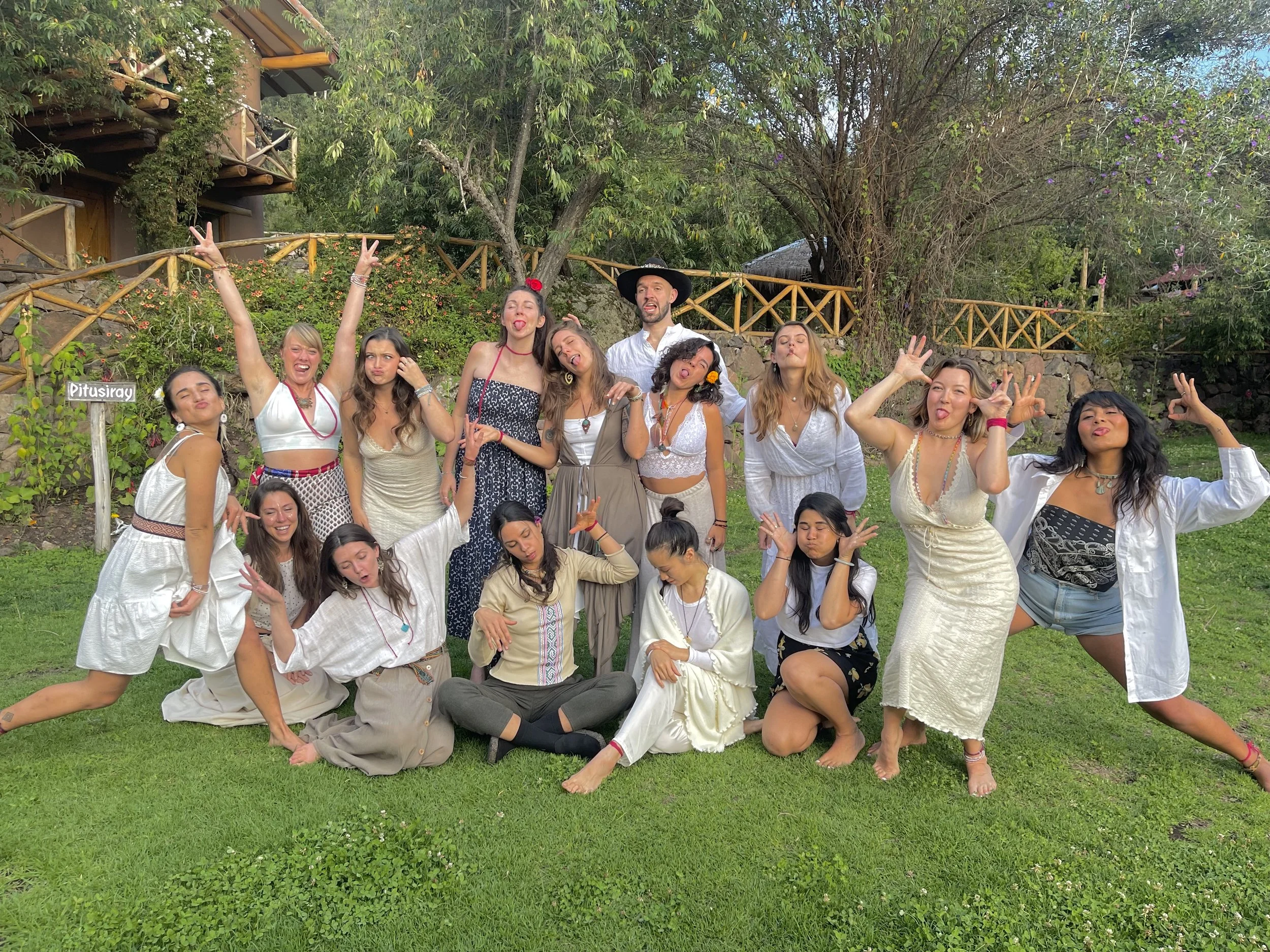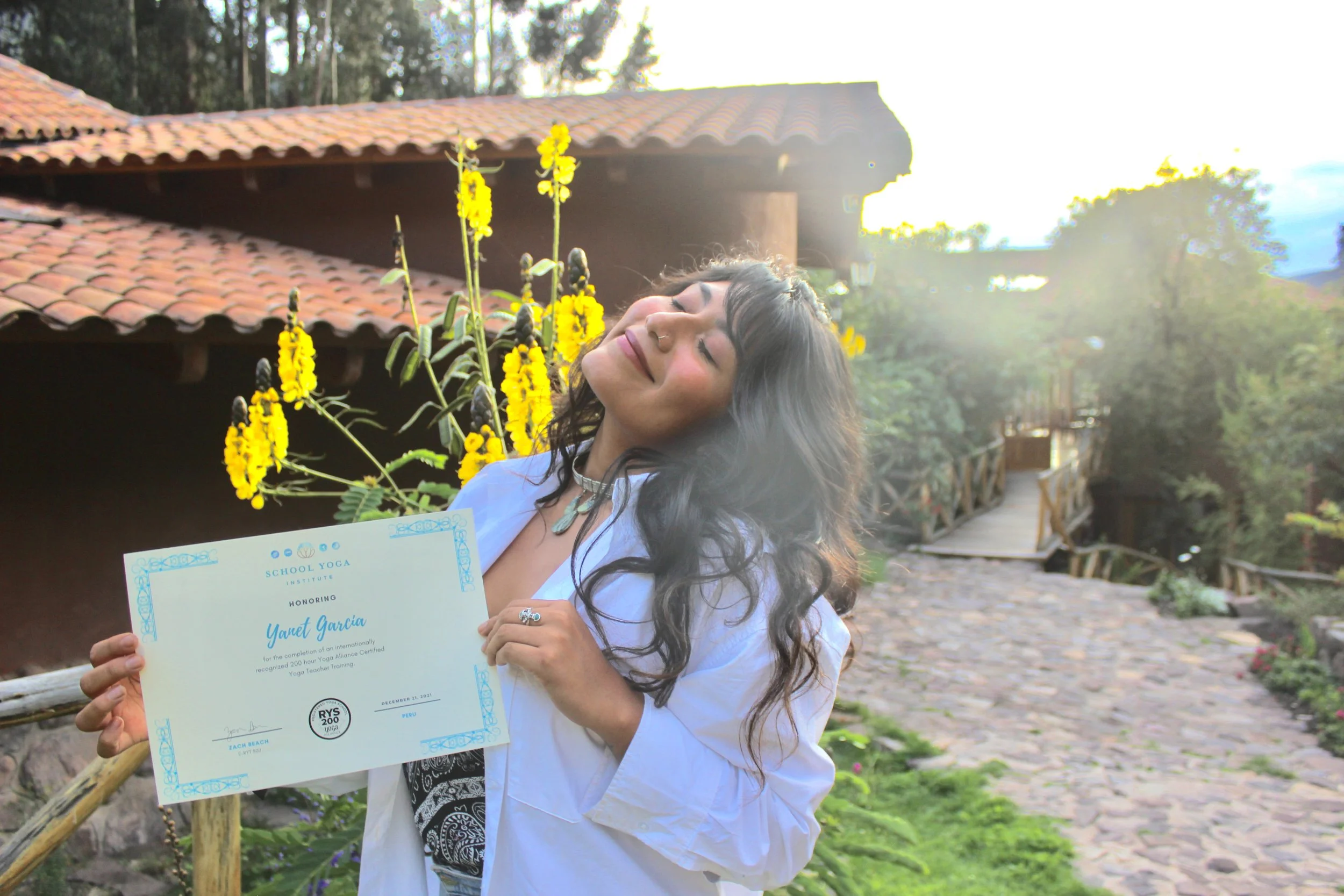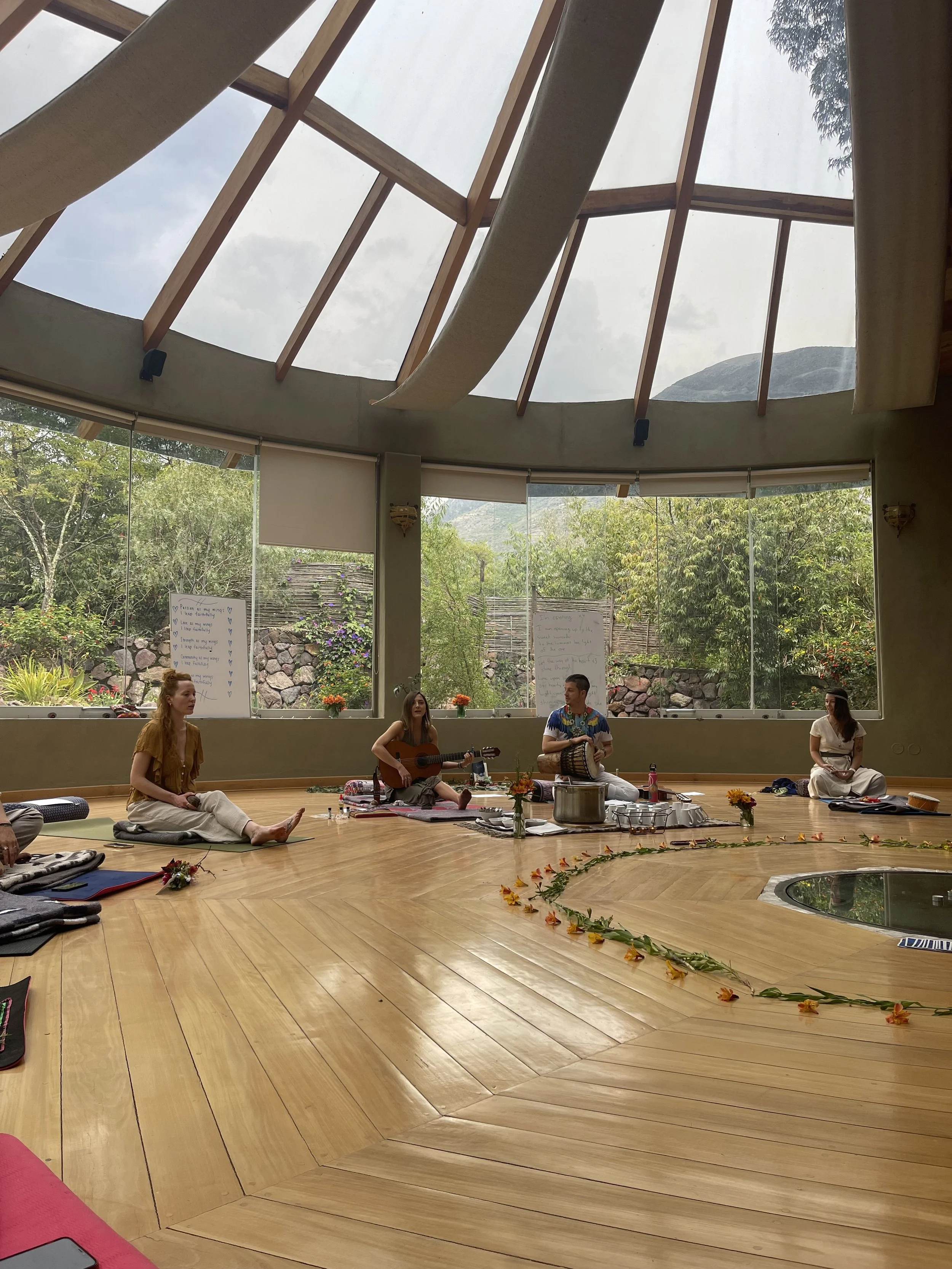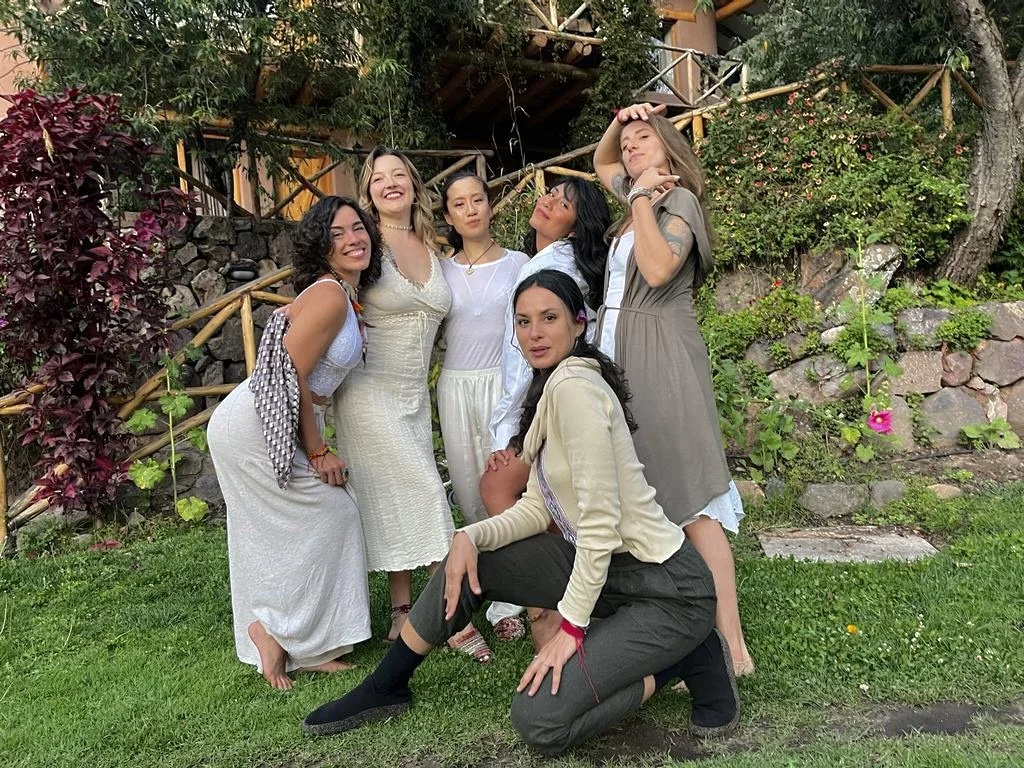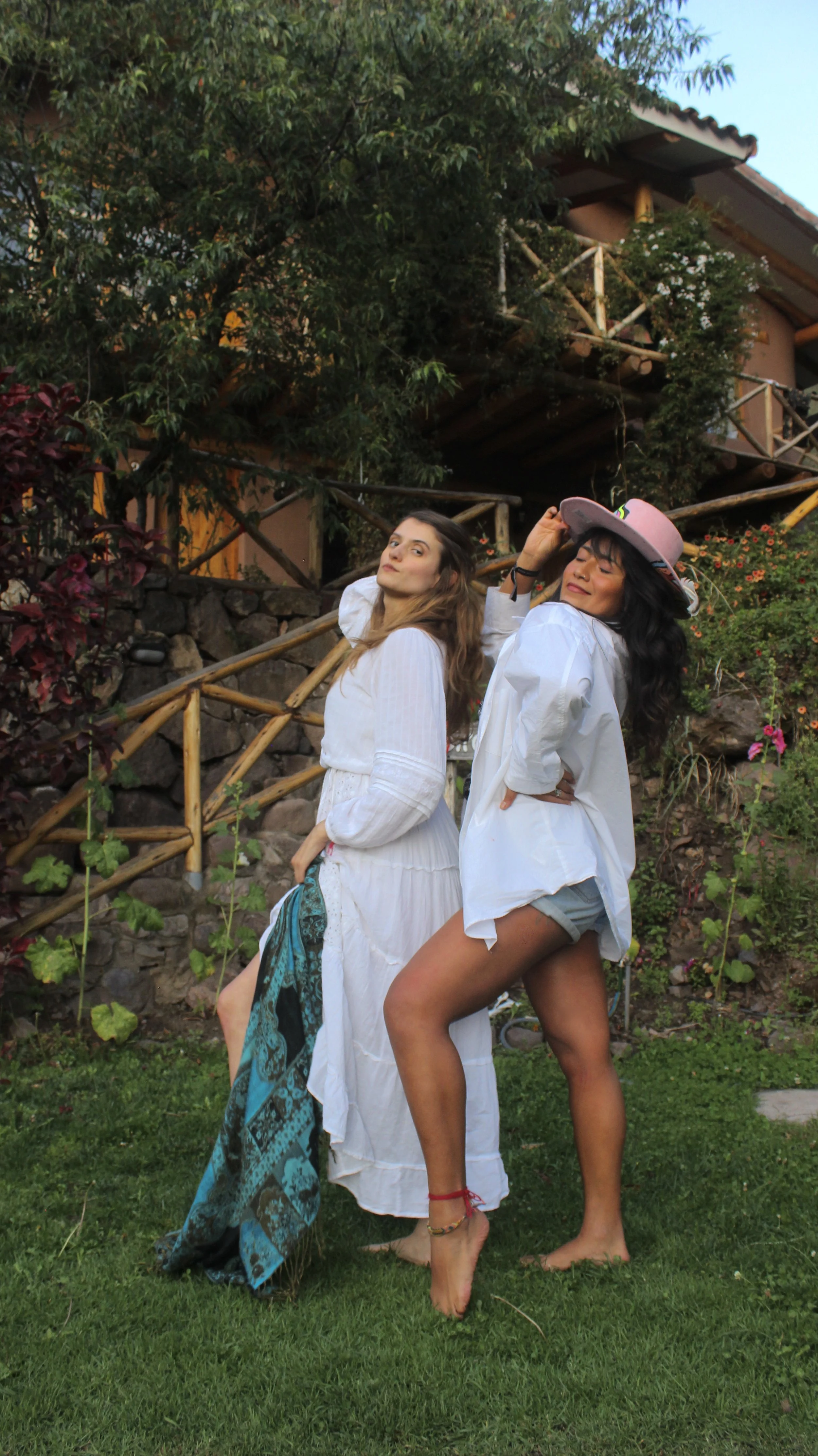Open Your Heart.
Awaken Your Senses.
Experience the sacred tradition of ceremonial cacao with
movement, music, and intention.
Ceremonial cacao is a rich, heart-opening drink used by Indigenous cultures in Mexico and Central America for thousands of years. Unlike regular chocolate, it’s made from whole cacao beans, prepared with love, and shared in sacred space for connection, reflection, and healing.
Introduction to a Sacred Experience: Cacao, Movement, Music & Ritual
Imagine a warm, earthy drink shared in a peaceful setting, your body gently moving with intention, surrounded by soothing music that invites reflection. This is not just a wellness retreat trend—it’s rooted in ancient wisdom.
What Is Ceremonial Cacao?
Ceremonial cacao is pure, minimally processed cacao used for ritual and spiritual purposes by Indigenous cultures in Mesoamerica, especially among the Maya and Aztec civilizations. Far beyond hot chocolate, ceremonial cacao is:
Made from whole cacao beans, ground into a paste, not separated into cocoa powder and butter.
Consumed without sugar or dairy—typically mixed with hot water and spices like cinnamon or chili.
Used in ceremony, prayer, meditation, and celebration.
COLIBRIS’
BLOG POST ON CACAO
CHECK OUT A NATIONAL GEOGRAPHIC ARTICLE ON CACAO
Why Use Cacao in Ceremony?
Cacao is called “the food of the gods” for good reason. It’s not hallucinogenic, but contains compounds that enhance mood, focus, and connection, including:
Theobromine – a gentle stimulant for clarity and heart-opening
Phenylethylamine (PEA) – sometimes called the “love molecule”
Anandamide – named after the Sanskrit word for bliss, anand
Ceremonial cacao is used to open the heart, quiet the mind, and deepen spiritual connection—whether to self, others, or nature.
Gentle Asanas to Complement Cacao Ceremonies
The body is seen as a sacred vessel. During or after cacao, it’s common to move through gentle yoga asanas to awaken the senses and help energy flow.
Asanas (Yoga Postures)
These postures are accessible to beginners and can be practiced in a calm, meditative flow.
These movements are typically done slowly, intentionally, sometimes accompanied by music, breathwork, or silence.
The Role of Music & Sacred Space
Why Music?
Music is a vibrational language—one that transcends borders and speaks directly to the soul. In cacao ceremonies, sound helps:
Guide emotion and intention
Create a meditative or trance-like state
Unite the group in a shared experience
Common instruments include:
Handpan or hang drum – ethereal, melodic
Native flutes – reminiscent of wind and spirit
Shakers and drums – grounding and primal
Voice and chants – invoking ancient energies
What Makes a Space Sacred?
A sacred space isn't about religion—it’s about intention, presence, and respect.
It might include:
An altar with candles, flowers, or meaningful objects
Soft lighting, cushions, incense or natural scents
A facilitator who guides with mindfulness and care
The purpose is to create an environment of trust, where participants feel safe to open their hearts, reflect, and connect.
For the Curious Newcomer:
Why Try This?
You don’t need to be spiritual, flexible, or knowledgeable to benefit from these experiences. For many Westerners, it’s simply:
A chance to slow down and be present
An invitation to feel more deeply
A way to connect with others and with self
A respectful exploration of ancient Indigenous traditions
Think of it like this: ceremonial cacao, yoga, and music are not about escape—they're about remembering. Remembering what it feels like to breathe, listen, move, and open your heart—fully.
CUSCO, PERU 2021
MUNAY SONQO | 200HR | SYI
GRADUATION & CACAO CEREMONY
